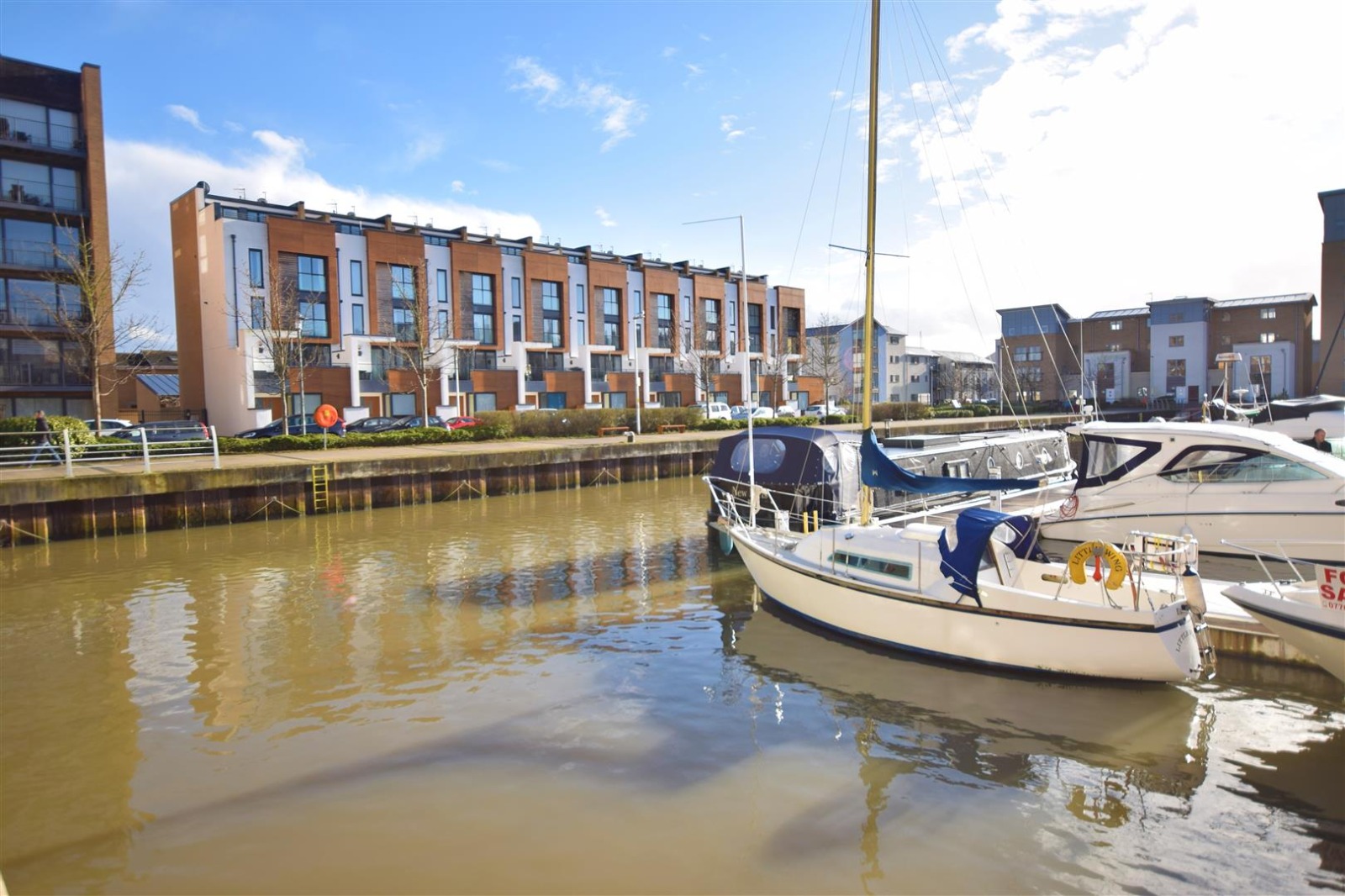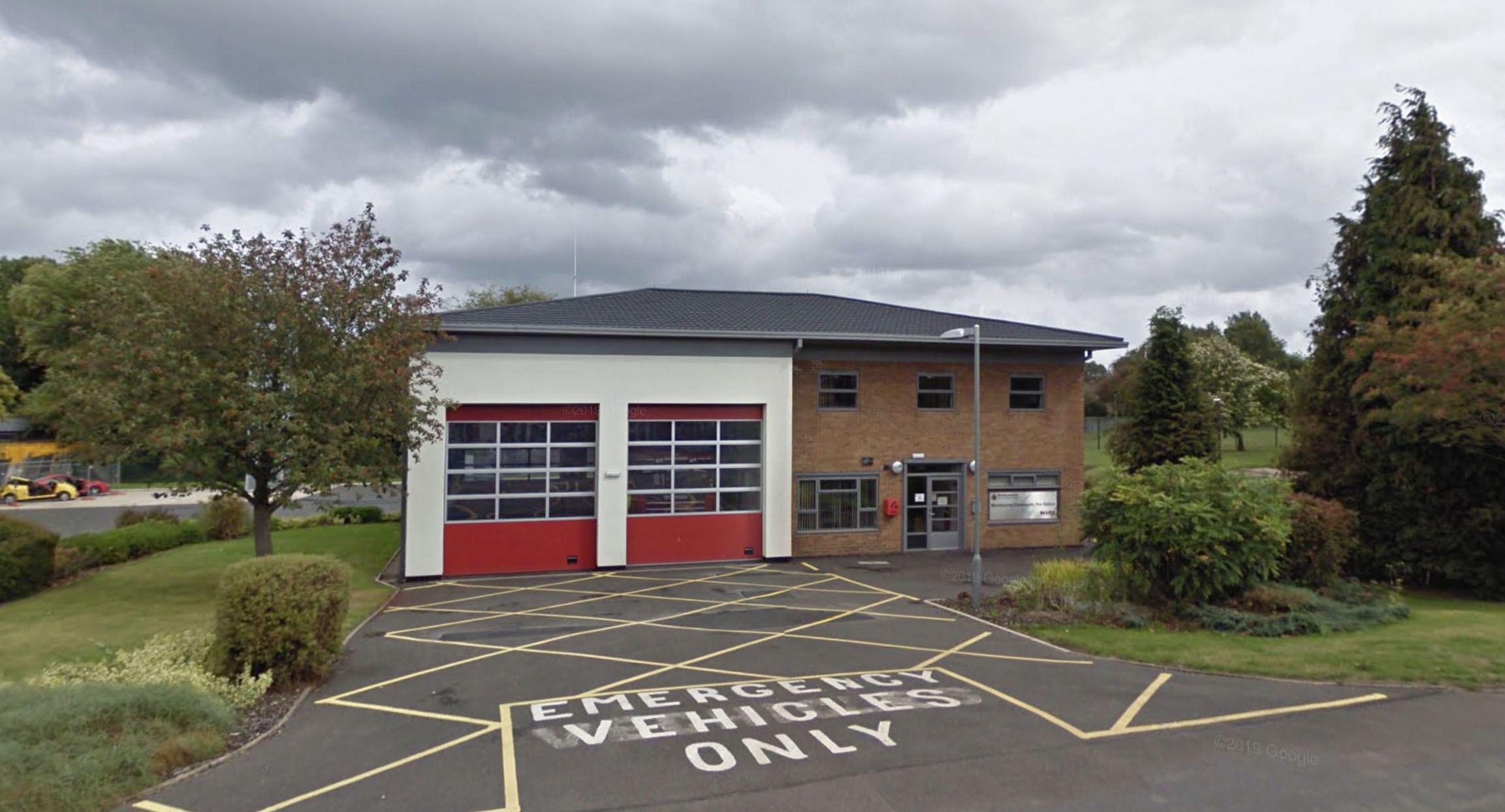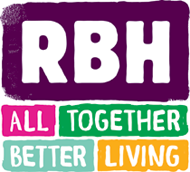Description
Residential fire sprinkler systems are primarily installed to help in the escape from fires in buildings. In this respect they are a ‘life safety’ essential in many modern building schemes where exiting during a fire may otherwise prove difficult.
In Scotland they are fitted to all new Nursing and Care Homes, and in Wales they are now also fitted to all new build residential and domestic properties. The standard for all of these installations is BS9251:2021, and is specified by Building Control throughout the UK.
Modern low flow sprinkler heads, each operating independently, ensures that only a limited amount of water is used to control a fire. They have proved themselves to be very reliable over several decades and have operated successfully on many occasions in the UK to control and extinguish fires that would otherwise have become very serious events.
Features
- Virtually undetectable recessed sprinkler heads are fitted to each room.
- Low flow heads to minimise water use.
- Each head operates only when fire is detected – NOT smoke
- The pipe work is hidden from view. A small cover plate is fitted to finish.
- Active fire protection – Fully automatic with no manual input required.
Residential Sprinklers - Essentials
Applications
Multi occupancy properties, nursing homes and care homes.
Houses, bungalows & apartments, including high-rise buildings and tower blocks.
Including multi-occupancy properties, nursing & care homes.
Temporary accommodation, pre-fabricated and manufactured homes.
FAQ's
BS9251:2014 had 3 Categories of building type which required different design strategies.
In the latest version dated 2021, a new category 4 has been introduced which has added additional requirements, particularly for taller buildings over 18m in height.
Regular 12 monthly servicing is recommended to ensure that the sprinkler system is maintained in good working order.
Pumped systems generally need more attention due to the extra complexity of the system, although post 2014 systems are now installed with built in automatic testing features designed to exercise the pumps on a regular basis.
In residential and domestic applications fire sprinklers and water misting systems operate in the exactly the same way. They both have similar fixed pipe work and fixed heads concealed within the ceiling voids, and actuate by sensing the heat from a fire at ceiling level.
There is a small difference in the water deployed during a fire activation. Low flow sprinklers use less heads and typically flow at 34-49 litre/min, where as misting heads flow at 20-30 litres/min. each although more than one head may operate. Both systems will be designed to run for 10 minutes in domestic dwellings, or up to 60 minutes for residential homes.
Because of the higher pressure needed for misting heads to operate, mains water connections are not possible.
Your quotation is completely free and without obligation.
Simply send your property plans to us at Autoquench, either by email as a PDF attachment, or as a hard copy in the post. We will undertake a provisional design study and recommend a scheme to protect your property. Using BS9251:2021 hydraulic calculation software we will determine the water flow and pressure requirements needed and the labour/material costs to install each sprinkler system. The quotation will then be sent to you together with a data pack containing relevant suppot information.
We aim to produce quotations within 48 hours of receiving an enquiry.
BS9251:2021
Scope - Code of Practice for the design, installation, components, water supplies and testing of automatic fire sprinkler systems for the use in domestic and residential occupancies. There are 3 categories defining the design requirements for dwellings including domestic, HMO's, B&B's, Apartments, High-rise blocks, Residential Homes, Care and Nursing Homes, Dormitories and Hostels.
Previously BS9251:2014 and BS9251:2005 from the original draft DD251
Residential fire sprinkler systems are designed specifically for the residential environment. The sprinklers themselves are small, neat, and discrete. They look very much like modern recessed light fittings and are completely unobtrusive. The process of installation is similar to putting in central heating where pipe work is concealed within ceiling voids.
No, only the sprinkler nearest the fire will operate when the heat from a fire raises the sprinkler to its operating temperature, then that sprinkler head activates. In most cases the fire is controlled by the operation of a single head.
One of the most often ignored benefits of sprinklers is the additional flexibility which this equipment provide to designers and builders.
In unconventional or unusual buildings including sprinklers in a specification will often enable Building Regulations compliance to be achieved in a very cost-effective manner. Where changes of use are being anticipated, utilising sprinklers is often the only way in which means of escape requirements can be provided.
In other situations, the freedom architects seek to implement a stylish or unorthodox design can only be accomplished using sprinklers. Sprinklers have also been used as a compensating feature in developments where the Building Regulations cannot be complied with in respect of means of escape or access for the fire brigade.
Some projects have even reported that providing sprinklers has resulted in a cost saving where the building authority has permitted trade-offs in respect of means of escape facilities.
After extensive research by the Fire Prevention Association and the Loss Prevention Council, it has been determined that there is no risk provided systems are maintained. During maintenance periods the water is usually drained down and refreshed.
There have been no recorded cases of Legionella being contracted from any fire protection system anywhere in the world.
Yes, Autoquench have installed fire sprinklers into several listed buildings.
Listed buildings require a high level of attention to detail, where skills and experience are all important.
Case Studies
High-rise flats, full domestic fire sprinklers to BS9251
High-rise apartment block, 53 apartments over 11 floors. Conversion from commercial offices.
Domestic fire sprinklers, Marina development
Nine new build luxury townhouses in a stunning waterside development.
Residential fire sprinkler installation. Community Fire Station
The Regional Fire Services are undertaking a program of refurbishing Fire Stations as part of a modernisation scheme.
Our Partners






























